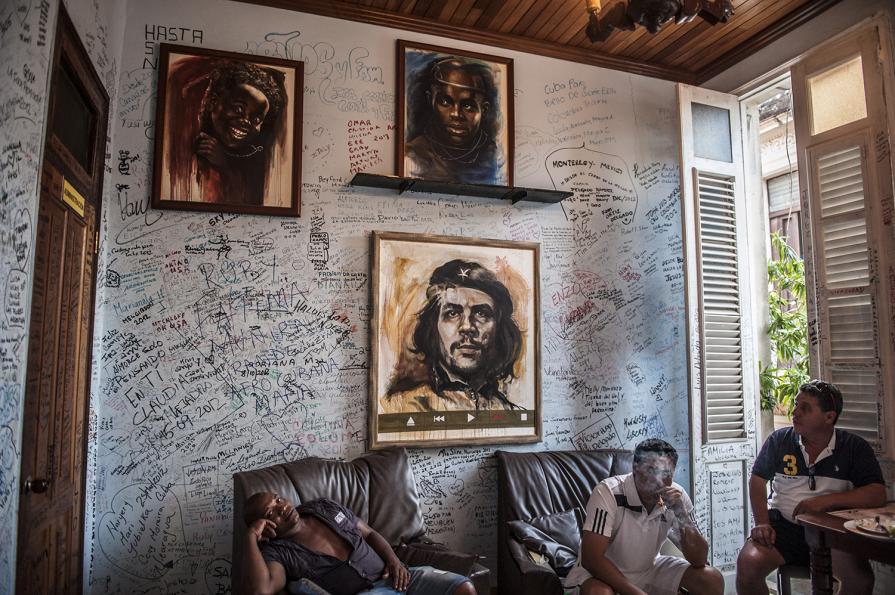
Cuba Che Cuore
Images of a love
Many authors and photographers have told their personal tale of Cuba and the work here presented tries to capture some of the essential elements that contribute to the formation of the animus (soul) of this country, a unique island linked by a fil rouge that connects politics and life, the past and the present. A work that illustrates the light, the colours, the joie de vivre of its people, the streets and the big messages, in particular the exchange between new and old as seen through its political manifestos.
The title of the work, “Cuba Che Cuore” plays on the double meaning of the word “che”, which in Italian is the relative pronoun “that”, but is also Ernesto Guevara’s nickname (El Che).
“Il cuore Che grida” (lit. “The cryng heart”) or “Che’s heart cries”) uses a collection of photos of political manifestos to bring to life a myth which is now an integral part of Cuba’s everyday life, a true historical icon of our times: Ernesto Che Guevara.
“Il cuore Che conquista” (lit. “The conquering colour” or “Che’s colour conquers”). Colours are Cuba’s true identity card. They are everywhere: on its unique billboards, bright, shining and vivid. This chapter tries to capture the way our minds react to this cascade of emotions that Cuba’s colours evoke.
“Più ieri Che oggi” (lit. “Yesterday rather than today”). This chapter tries to capture cuban life by portraing the most obvious: cubans getting on with everyday life, surrounded by roads and landscapes that give off an almost magical quality.
“La luce Che balla” (lit. “The dancing light”). Dance is represented as a way of life, a Cuban’s existential resumé, capturing its light and colours.
“La strada Che percorro” (lit. “The road I’m on”) is a collection of the manifestos which invade Cuba. No longer a novelty for cubans, it never ceases to amaze visitors arriving from industrialised countries where advertisments are only used for luxury goods.
“Che il tempo non passi” (lit. “May time stand still”). A portrait of an almost metaphysical Cuba, represented by monuments and “ideological sentries”, evoking the sense of time and of an identity longing to be described.
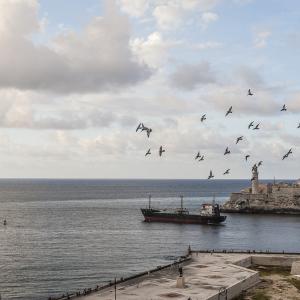
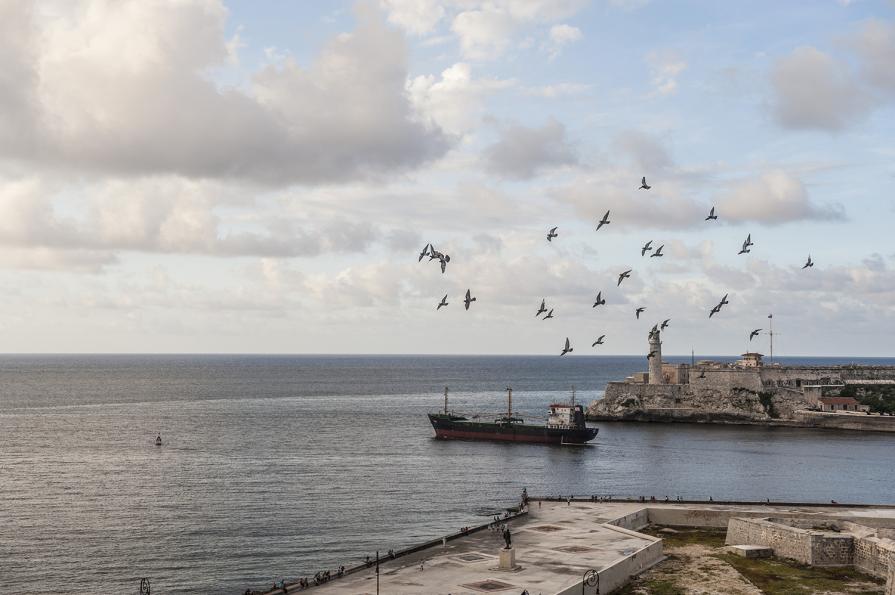
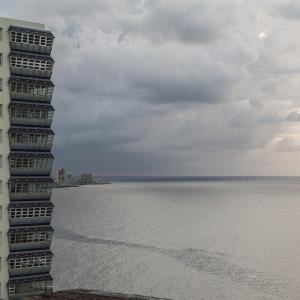
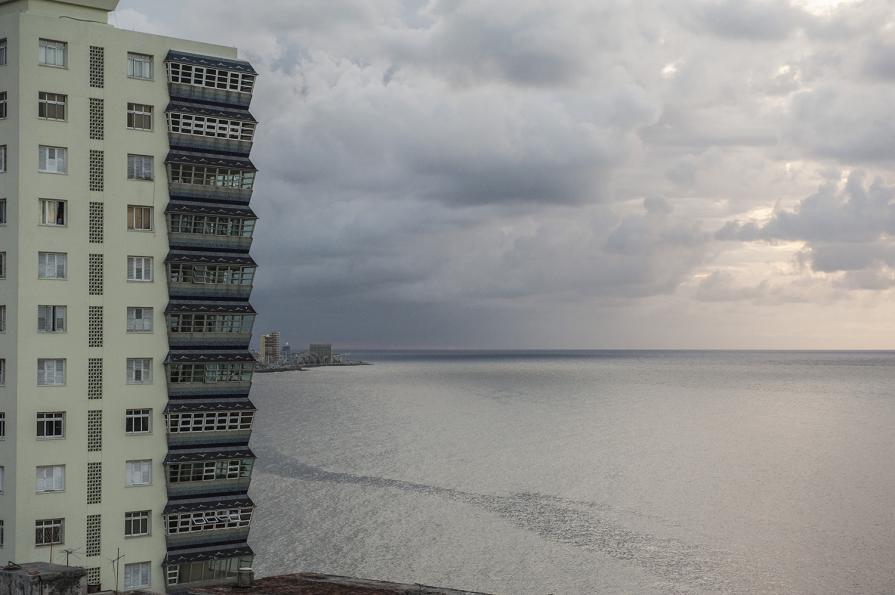
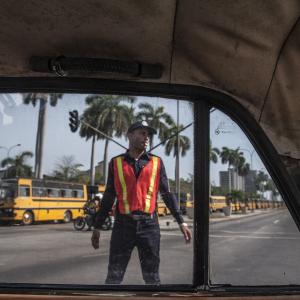
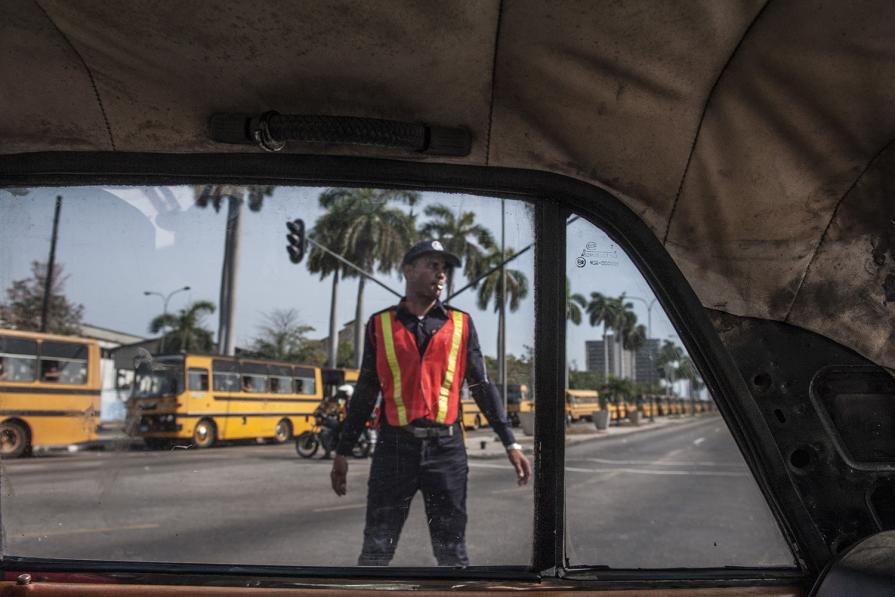
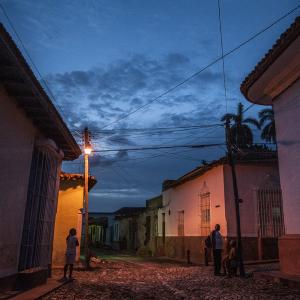
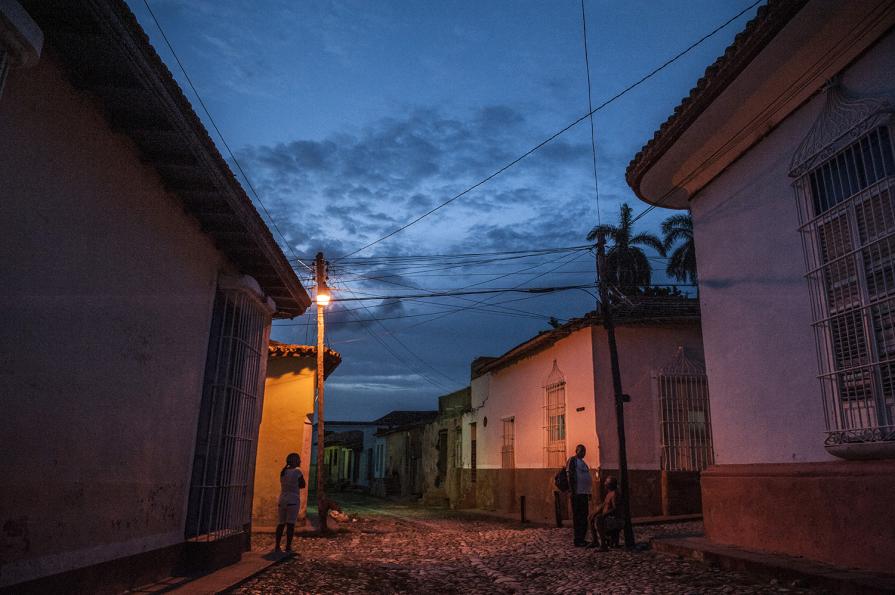

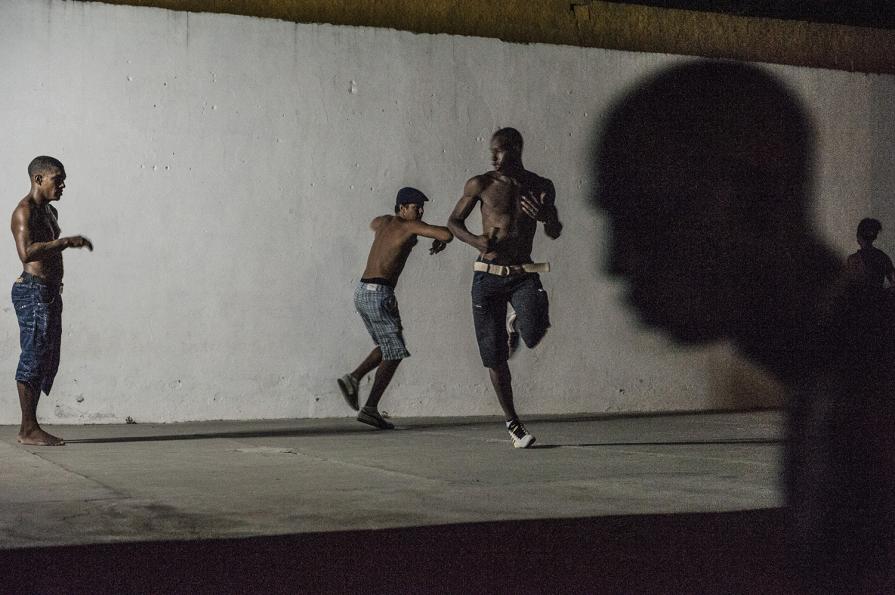
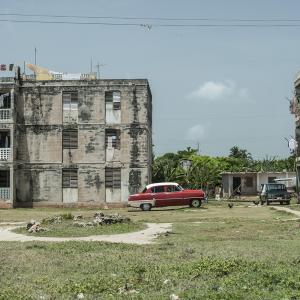
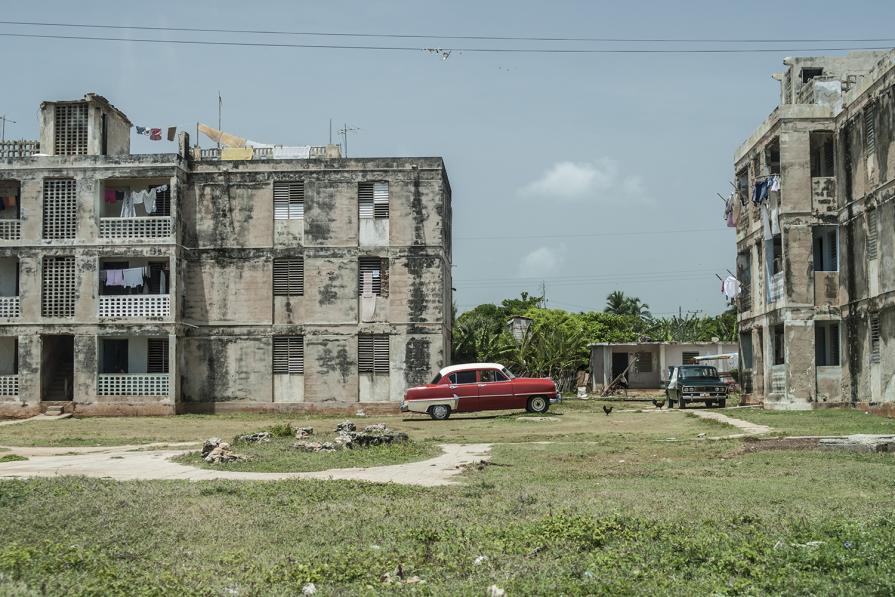
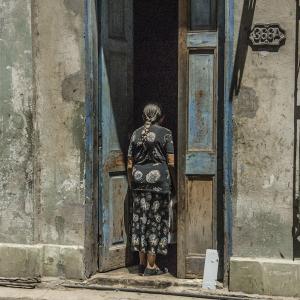
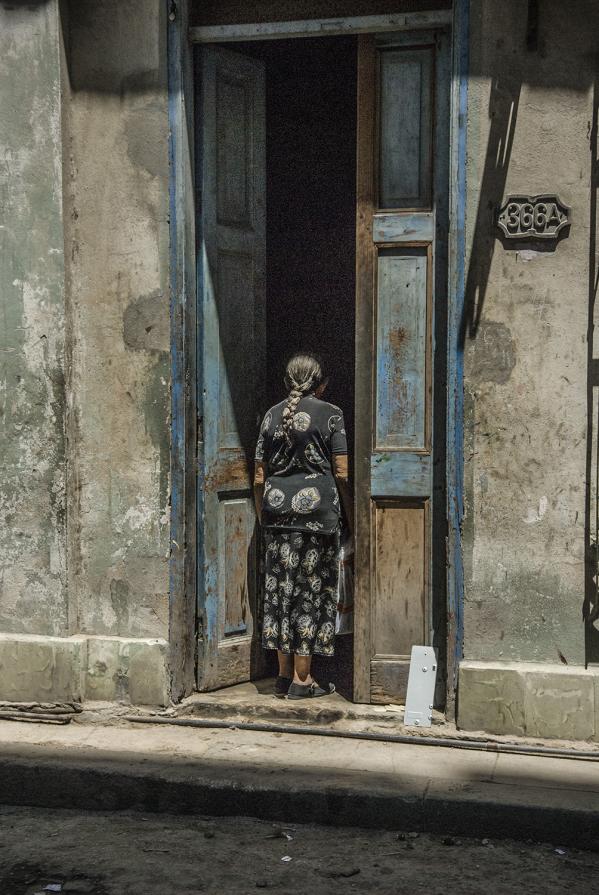









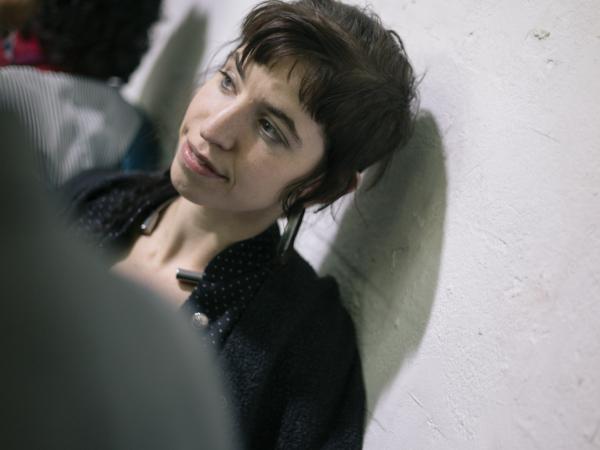
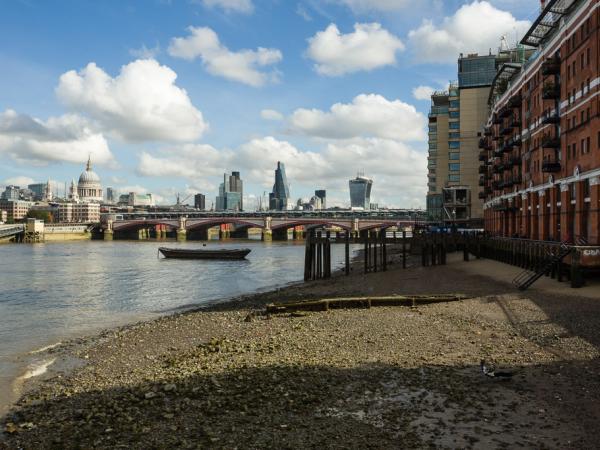
Comments 0
Say something